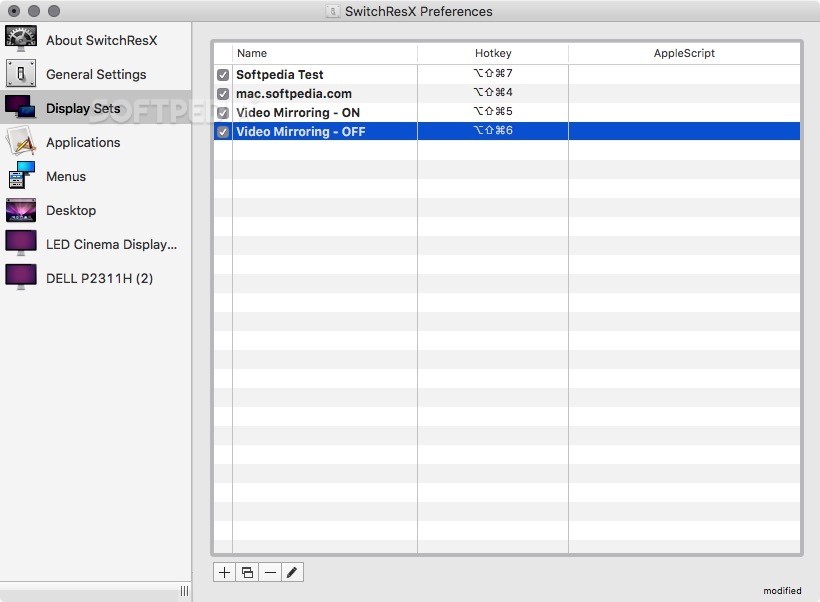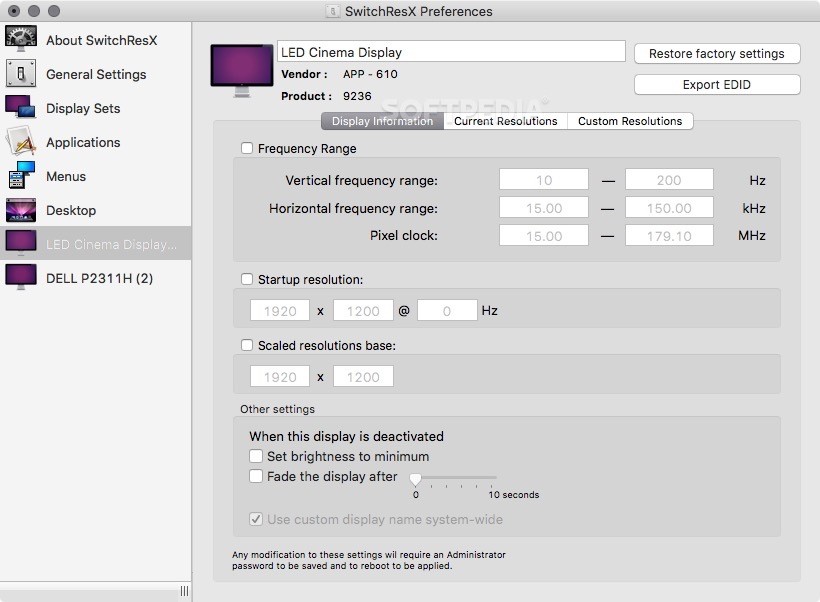

Dell doesn't account for ultra-wide or high refresh rate displays in its documentation about docking station capabilities, but their documentation indicates that a regular USB-C dock when paired with an HBR2 system can only support a single display up to 2560x1440 60 Hz or dual displays up to 1920x1200 60 Hz. I wrote an explainer post about the various operating modes of USB-C and TB3 with specific focus on their impact on possible display setups here if you're curious. Unfortunately you didn't specify what dock you have - when asking for technical insight, it's always helpful to provide basic technical info like the models of the equipment involved - but the Latitude 5410 only supports DP 1.2/HBR2, and if you have a regular USB-C dock rather than a Thunderbolt 3 dock, then you only have half of a DP 1.2/HBR2 interface worth of bandwidth available because of how USB-C works.

If you had a scenario where your HDMI output was definitely capable of 3440x1440 but the display would only accept that on DisplayPort, then that would be worth considering, but again that's less likely.Īnd since it seems your laptop doesn't have DisplayPort, Mini-DisplayPort, or even a USB-C output, it doesn't look like you have any other options for connecting the display in a way that would have Assuming your display supports a higher refresh rate in the first place, the issue in your case may be video bandwidth limitations on the connection from the system to the dock. In addition to the fact that you'd have to get an active adapter specifically designed to go in the opposite direction from normal, if the HDMI port on your system is the limitation, then converting that signal to DisplayPort won't do anything.

Unfortunately you didn't specify the display you have - fyi when asking for technical assistance, it helps to provide basic technical info like that so that the people here who are willing to help have something to work with - but that's admittedly a less likely possibility here.Īn HDMI to DisplayPort adapter won't help here. For example, HDMI didn't gain 4K 60 Hz support until about 3 years after DisplayPort did. Some displays can only accept their native resolution on DisplayPort because they were created before an HDMI standard that supported their native resolution existed. The other possibility is that the HDMI input on that display can't accept its native resolution. The specs for that system on don't explicitly say that, but the next revision of HDMI was 2.0, and typically Dell laptops that support HDMI 2.0 specifically say the support "HDMI 2.0". The Intel GPU isn't necessarily the problem, since it can run 4K 60 Hz displays, but the GPU and the capabilities of the built-in display outputs are different things.

It sounds like the HDMI output on that system may be limited to HDMI 1.4, which would indeed be limited to 2560x1440 60 Hz.


 0 kommentar(er)
0 kommentar(er)
